From concept to celebration: steps in festival organisation
Embarking on the exhilarating journey of organising a festival is akin to setting sail on uncharted waters, guided by the compass of creativity and logistical finesse. Festivals, whether pulsating music extravaganzas, culturally rich celebrations, or tantalising food fiestas, are not mere events but collective experiences that linger in attendees’ memories. In this comprehensive guide, we will navigate through the intricate steps that transform the spark of an idea into a vibrant celebration that resonates within communities.
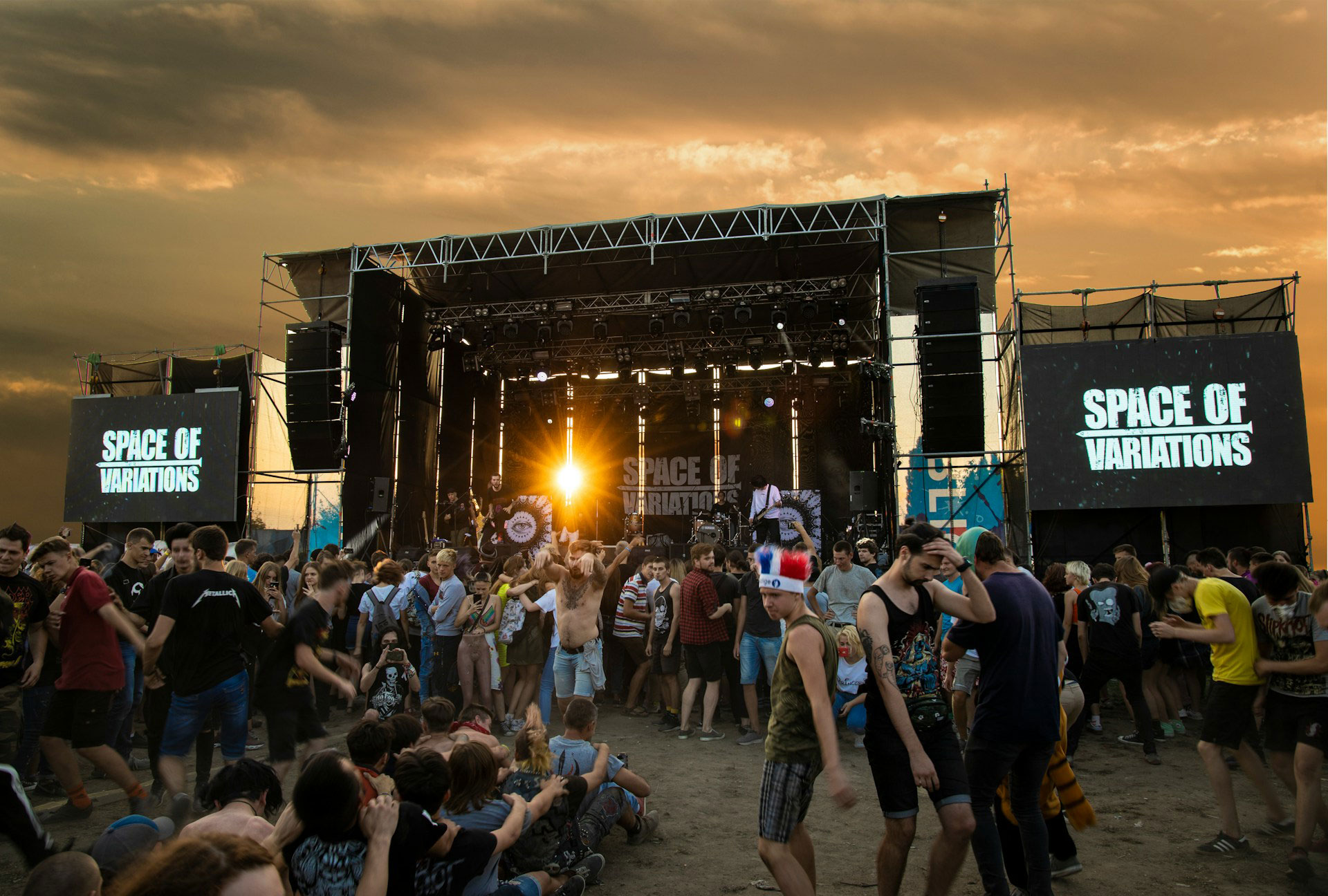
Conceptualisation and vision
The genesis of a festival lies in the ethereal realm of conceptualisation and vision. Here, in the collaborative playground of brainstorming sessions, organisers mould the clay of imagination into a tangible and captivating concept. Themes are explored, artistic ideas are birthed, and the narrative defining the festival’s essence begins to take shape. This phase is a delicate dance between aspiration and realism, as organisers strive to create a vision that not only captivates but also aligns with the pulse of the intended audience. From the choice of performers to the intricate design elements, the conceptualisation phase lays the bedrock upon which the festival will flourish.
Budgeting and Funding
As the festival vision crystallises, the focus shifts to the pragmatic realm of budgeting and funding. Crafting a comprehensive budget is akin to mapping out a financial tapestry, where every thread represents the cost of bringing the festival to life. Organisers must meticulously estimate expenses for venue rental, hiring needs for a festival, talent fees, marketing endeavours, permits, and myriad other elements. The goal is financial viability and strategic resource allocation to ensure that every aspect of the festival receives the attention it deserves. Securing funding, whether through strategic sponsorships, ticket sales, or grants, becomes an intricate dance of negotiation and relationship-building, paving the way for the financial success of the festival.
Venue Selection and Logistics
With the budgetary groundwork laid, the next pivotal step is selecting the canvas on which the festival masterpiece will unfold – the venue. The venue is not merely a physical space; it is an integral part of the festival’s identity, influencing the atmosphere and overall experience. Accessibility, parking facilities, and infrastructure are key factors to consider, ensuring that the chosen venue aligns seamlessly with the festival’s vision. As organisers delve into the logistics, they meticulously plan the placement of stages, vendor booths, and the flow of attendees, seeking to orchestrate an immersive experience that avoids logistical hiccups and enhances overall enjoyment.
Talent acquisition and programming
The heartbeat of any festival is the eclectic rhythm of its talent lineup and programming. Organisers transition into the role of talent scouts, embarking on a journey to curate a diverse array of performers, speakers, or artists who breathe life into the festival’s theme. Negotiations, contracts, and fine-tuning schedules become an intricate dance, balancing different acts, genres, or activities to create a dynamic program. The goal is to entertain and weave a narrative that resonates with the audience, ensuring they embark on a journey of discovery and delight from the first note to the final act.
Marketing and promotion
As the festival details coalesce, organisers step onto the grand stage of marketing and promotion. Effective promotion is not just about disseminating information; it’s about crafting a narrative that captivates potential attendees and creates a buzz that reverberates across social media, traditional channels, and the community at large. Social media campaigns, collaborations with influencers, and traditional advertising methods intertwine to maximise visibility. The goal is to make the festival a focal point of conversation long before the gates swing open, fostering anticipation and excitement permeating the community’s very fabric.
Ticketing and attendee experience
With the countdown to the festival ticking away, attention turns to the critical realm of attendee experience. Seamless ticketing processes, user-friendly apps, and on-site amenities take centre stage. Organisers become architects of comfort and delight, ensuring that attendees are not just spectators but active participants in the festival tapestry. Providing clear event information, offering various ticket options, and creating an environment where attendees can fully immerse themselves in the festivities become integral elements of the organisational symphony.
On-site management and crisis response
The day of the festival arrives, and the culmination of meticulous planning is put to the ultimate test in the dynamic crucible of on-site management. Security protocols, crowd control measures, and vendor coordination have become the heartbeat of the festival’s operational prowess. However, the unpredictability of live events necessitates a comprehensive crisis response plan. Quick decision-making, adaptability, and a calm demeanour become essential attributes as organisers navigate a live event’s unpredictable currents, ensuring everyone’s safety, well-being, and enjoyment.

In the grand tapestry of festival organisation, the journey from concept to celebration is a testament to the fusion of creativity, strategic planning, and community spirit. A successful festival is not merely an event but a collective experience that reverberates in the hearts and minds of those participating. To the dreamers and doers who breathe life into festivals – may your visions continue to inspire, your celebrations continue to resonate, and your festivals become chapters in the collective story of human connection and joy. Cheers to the organisers who transform dreams into reality, creating celebrations that linger in the annals of shared experience for years to come.
![[AD] We’re a cricket-mad family, so we’re buzzing that @thehundred is back this August! 🏏🔥
To get ready, M tried out the official FREE Activity Pack — and it’s brilliant! 🙌
Packed with fun games, creative challenges and sporty tasks, it’s perfect for getting kids hyped whether you’re at home or on the go.
👉Download yours now (link in bio)
@londonspirit @ovalinvincibles #EveryMomentCounts #TheHundred
#EnglandCricket #CricketFamily #TheHundredCricket #LondonBloggers #Cricket #CricketIsLife #kidsfun](https://suburban-mum.com/wp-content/uploads/2022/11/505472555_18531279601016840_7092520074819907569_n-180x320.jpg)

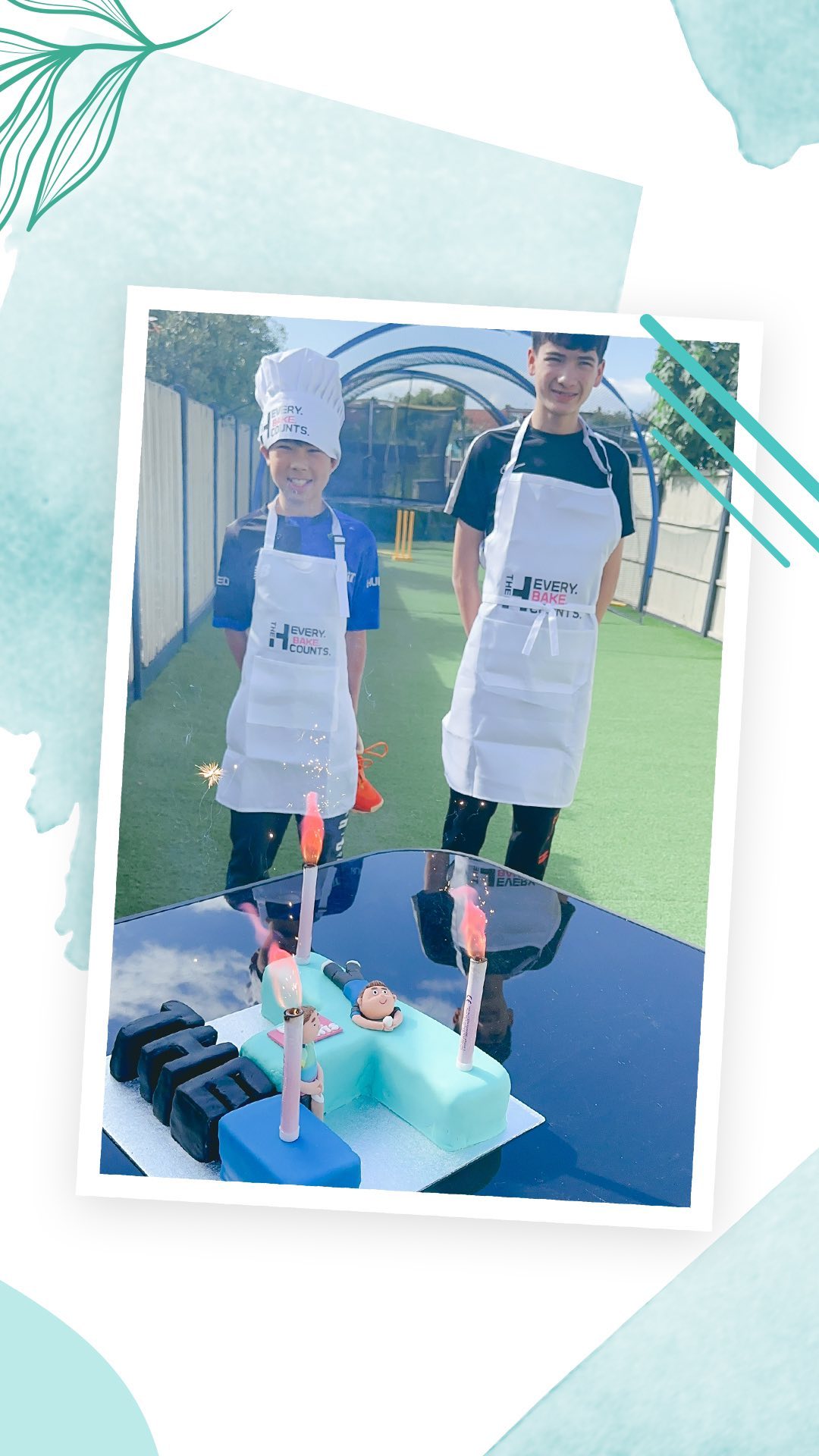

![[AD - Press visit]
We enjoyed the glorious sunshine this weekend with a trip to Brighton. We went on the @brightoni360official which is right by the sea front.
The i360 pod take a slow journey up, allowing you to take in views across Brighton and the South Downs 450ft above ground. There’s a bar inside with drinks and snacks available to purchase and the experience lasts 25 minutes.
Afterwards, we headed to the open air roller rink for a roller skating session!
The roller rink is:
⭐ Suitable for over 5s
⭐ £6.50 if you have your own skates or £9.50 if you need to hire them
⭐ 45 minutes per session
Full details to visit the i360 + skating
📍 Brighton i360, Lower Kings Road, Brighton BN1 2LN
🚗 Parking nearby (we parked in the Regency Square Car park)
🎟️ Prices start from £25.40 for an adult and £16.90 for a child
🕐 Opening hours are currently Sun-Fri 10.30am-18.30pm and until 19.30pm on Saturdays
☕️ Bar inside the i360, cafe and gift shop
Book tickets here:
https://tickets.brightoni360.co.uk/tickets/?_ga=2.195305772.1869001490.1689671753-1757164059.1689671753/#events?eventid=157](https://suburban-mum.com/wp-content/uploads/2015/04/417980235_313576471048632_3682382982231216432_n.jpg)

![[AD] ***Summer of fun at Barracudas Activity Camps!****
There is plenty for kids to do at @barracudas_activity_day_camps
From Tennis, Archery, Swimming, Motor Sports and more you can be sure that there will be something for kids aged 4.5-14. ⚽🏈🥅🎾🏓🏎️🏹🏊♂️🏉
You can book on a day by day basis - so it can fit in with any other days out/activities you have planned and there are early drop off and late pickup options available. Barracudas are also Ofsted registered so you can use your Childcare Vouchers too.
⭐⭐⭐Get £20 off a week or £4 off a day using my discount code: MARIA20⭐⭐⭐
#BarracudasActivityDayCamp #BarracudasActivityCamp #BarracudaAmbassadors #SummerHolidays #SchoolHolidays #Summer2023 #SummerCamp #DayCare #Camp #KidsCamp #surreymummy #surreymums #SummerOfFun #ActivityCamps #HolidayCamps #Childcare #SchoolHolidays #schoolholidaycamps](https://suburban-mum.com/wp-content/uploads/2024/07/353583570_625625966167953_545896259645102575_n.jpg)
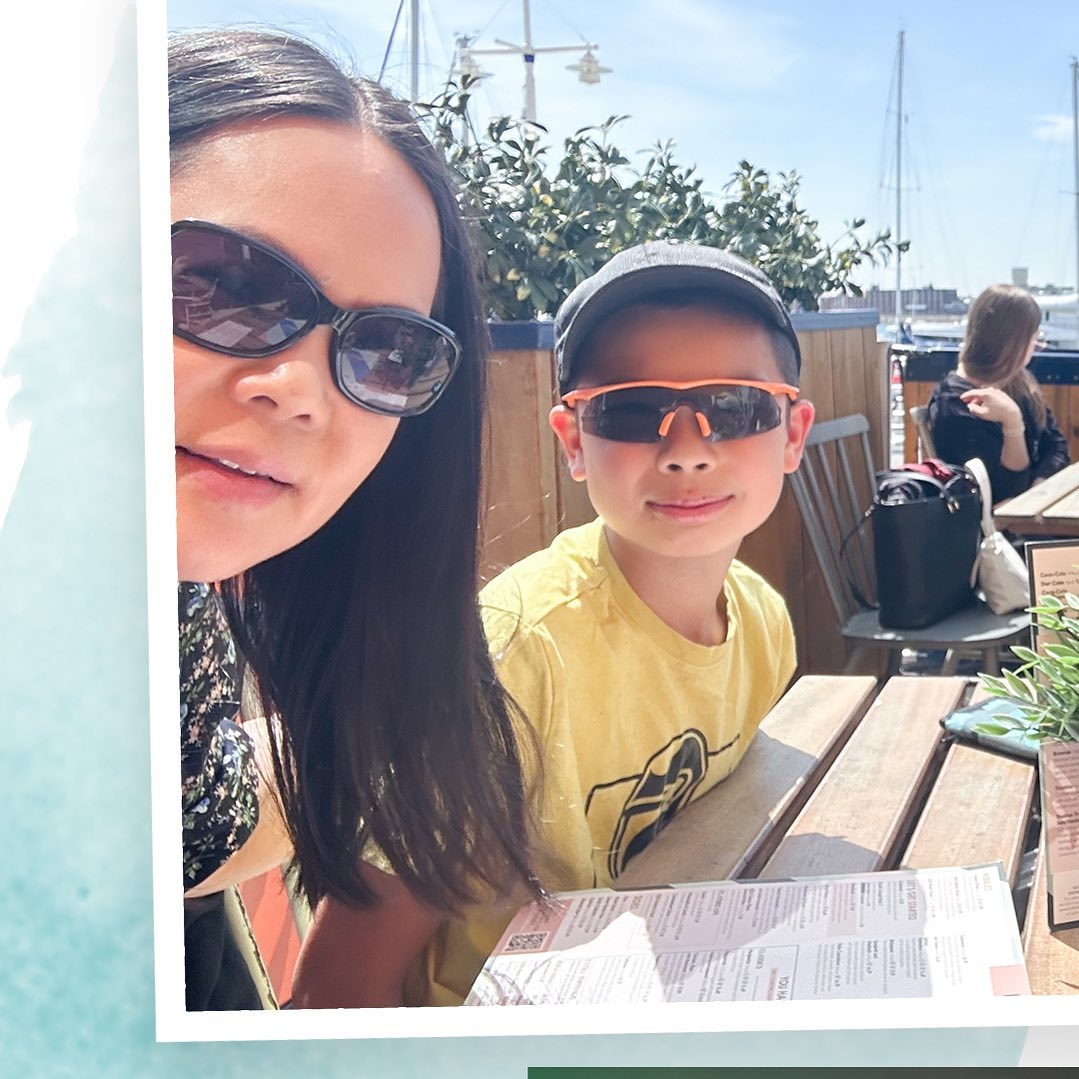
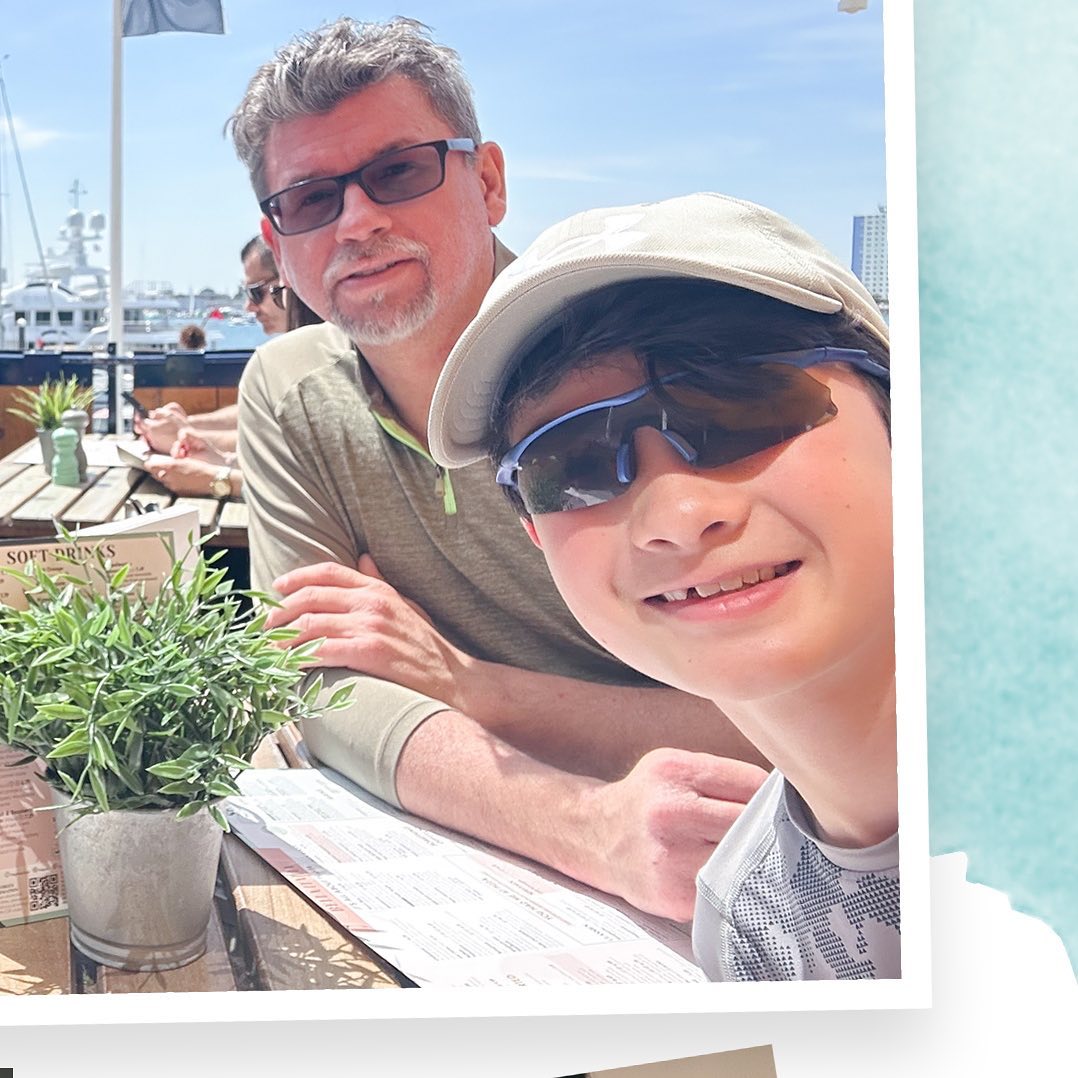

![[AD] We have some super exciting news...we have been chosen to be Laser Quest Ambassadors, and the boys are over the moon!
We are really lucky that our local Laser Quest (@laserquestkingston) is just around the corner from us. It means we can pop in of a weekend or anytime during the school holidays, and with summer just around the corner, I know Laser Quest will be one of our go-to places for some family fun.
As well as games of Laser Quest, there are also VR experiences and arcade amusements too. To find out a bit more about how Laser Quest works, you can read my blog post: https://www.suburban-mum.com/laser-quest-kingston/ (clickable link in bio)
Don't forget to keep an eye out for our Laser Quest posts - I'm going to be giving away two family passes to use at Laserquest Kingston!
If you can't wait and want to head down to Laser Quest to try it out, use the code SUMMER30 for 30% off your booking. The code is valid from now until the end of August 2023 and can be used on Laser Quest games and birthday party bookings.
#LaserquestAmbassador #Laserquest #LaserquestKingston #ActivitiesForKids #FamilyFun #DaysOutWithKids #Lasertag #LaserquestVR #Kingston #ThingsToDoInKingston #SurreyFamilyDaysOut #ThingsToDoWithKids #RainyDayFun #SurreyMummy #SurreyLife #LifeWithKids #LifeWithBoys #familyfunday](https://suburban-mum.com/wp-content/uploads/2015/04/353230107_797358078406942_2405522556733455165_n.jpg)
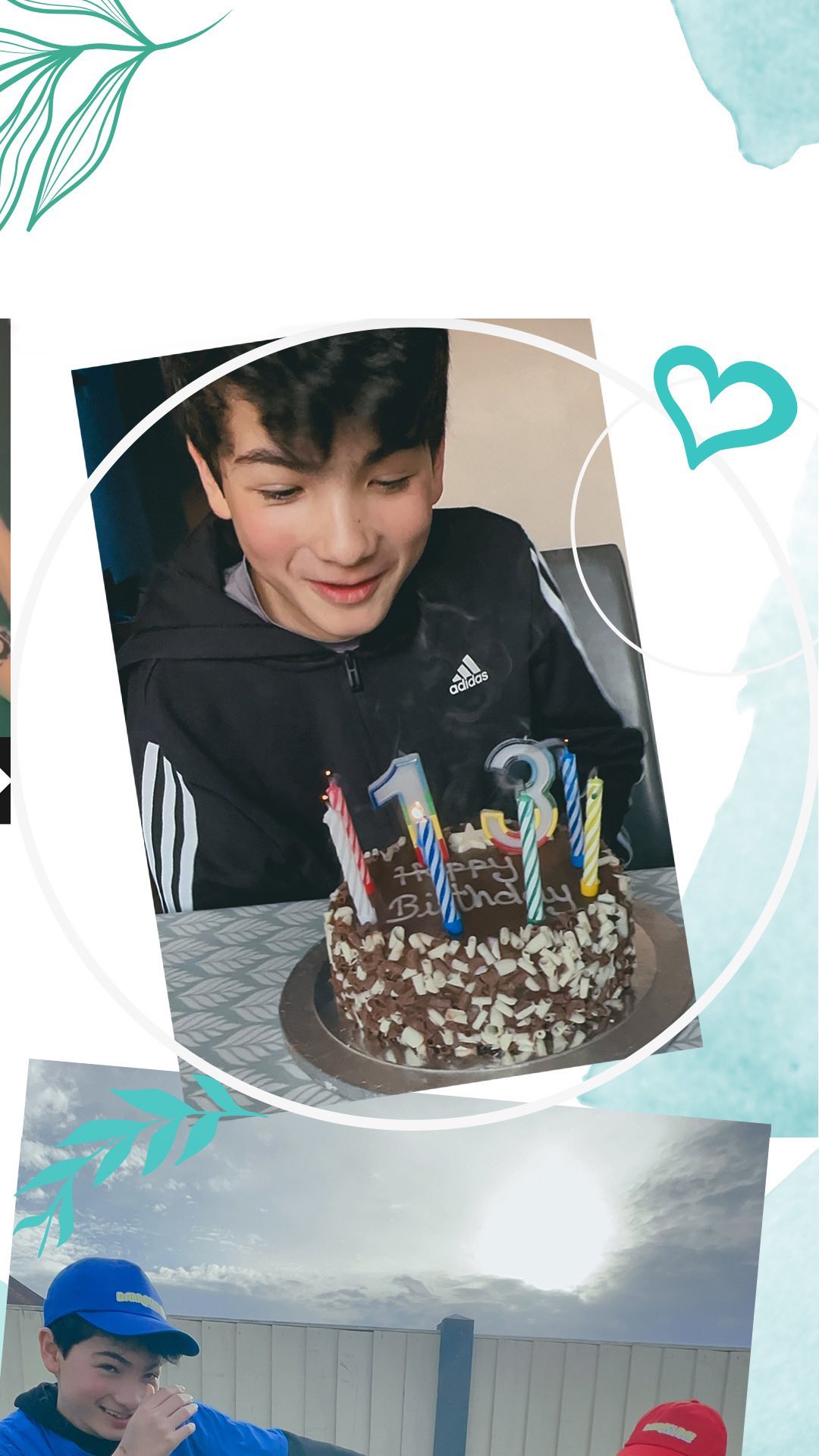
![[AD] The sun has finally made an appearance and the boys have been making the most of it by spending it
in the garden.
They’re go-to is always football and they’ve been trying to improve their aim and accuracy with the new Messi Foldable Footlball goal from the #MessiTrainingSystem range.
I love the fact the goal is foldable, making it easy to store away when not in use. It is also lightweight so you can effortlessly pack it up and take it to the park or to a friend’s house.
The Messi Foldable Football Goal retails at £36 and can be purchased from @argos
You can read my full review here: https://www.suburban-mum.com/messi-foldable-football-goal/
#TrainLikeMessi #FoldableFootballGoal #FootballSkills #OutdoorFun #LionelMessi #LeoMessi #FootballAtHome #OutdoorKids #JustGetOutside #OutdoorsAndFree #ScreenFreeKids #WhateverTheWeatherKids @flair_gp](https://suburban-mum.com/wp-content/uploads/2015/04/341194882_615024710178056_41977149395989448_n.jpg)

![[AD] We are absolutely thrilled to announce that we are Barracuda Ambassadors again this year.
With Easter just around the corner, the boys were sent the @barracudas_activity_day_camps new camp kit in preparation for the school holidays.
There’s a wide range of activities for kids aged 4.5 - 14 including Tennis, Archery, Basketball, Arts & Crafts and more.
If you like the sound of Barracudas, find out more over on their website. You can also save £20 a week or £4 a day, using my discount code: MARIA20](https://suburban-mum.com/wp-content/uploads/2024/07/336812306_765234558514317_685553691647241974_n.jpg)

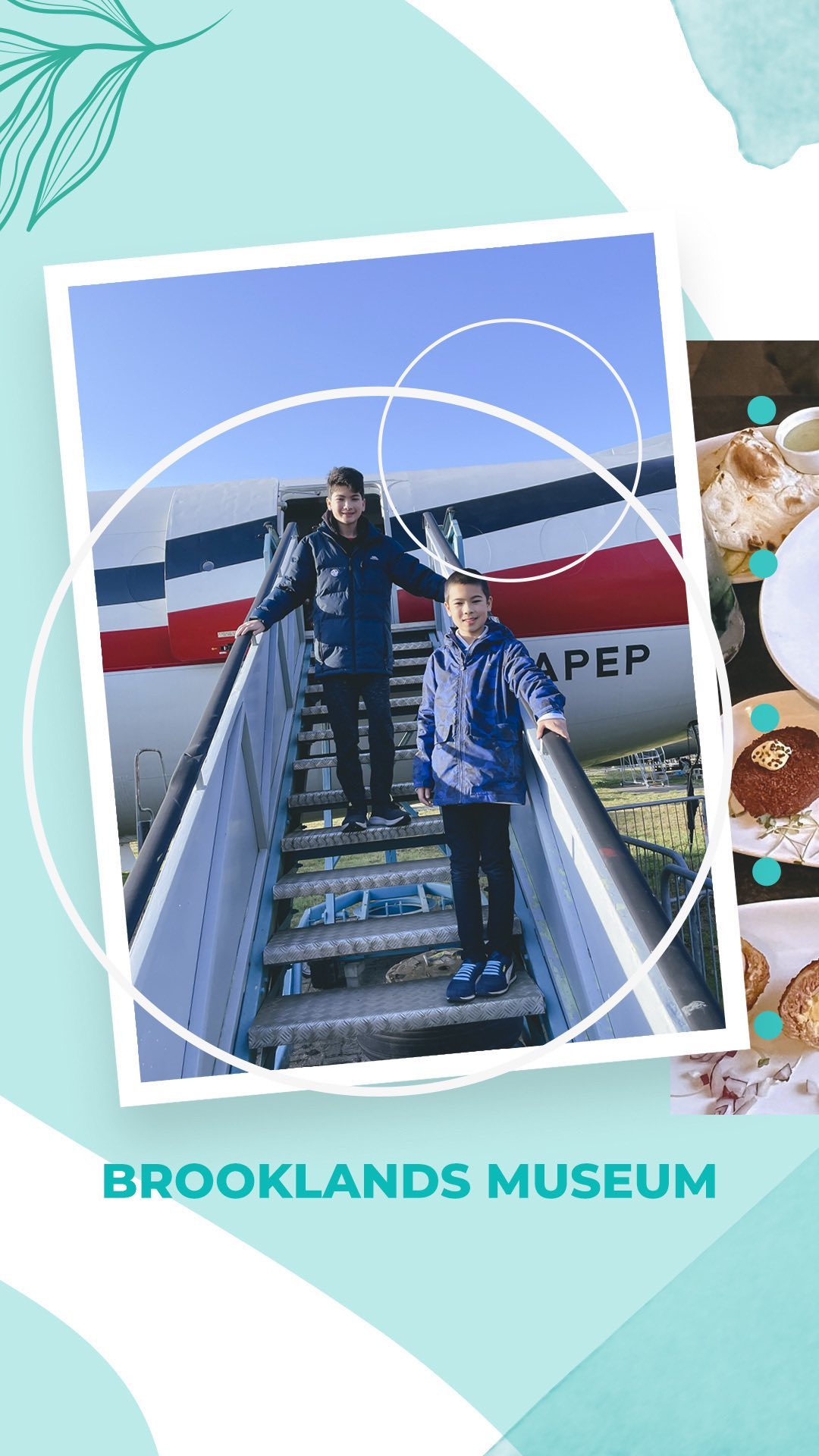
![[AD - Gifted]
Last weekend we were invited to try out @tsarettaspice’s new Bottomless Brunch menu and I can tell you it was thumbs up all round!
There’s a good choice tapas on offer from Punjabi fish fingers, Indo Chinese Chicken to Spiced Lamb Scotch Eggs and Manchurian Cauliflower (which was amazing!)
If you’re local to Twickenham and fancy giving them a try here’s are the details.
Tsaretta Spice Bottomless Brunch
⭐️£37.50 per head for bottomless Prosecco or cocktail of the day
⭐️£55 per head for bottomless Champagne
⭐️ Food included: 4 tapas selections and dessert or 2 tapas selections, a pav or naanwich and dessert
⭐️ Non-alcohol brunch is also available
Tsaretta Spice
55 Church Street
Twickenham
TW1 3NR
You can also read our full review over on the blog (link in bio)](https://suburban-mum.com/wp-content/uploads/2024/07/334565436_5960402314015030_663031098700829518_n.jpg)
![[AD] What does family look like for you?
I am fortunate to be surrounded by strong, powerful women in the form of my mum, sister and mother-in-law (along with many others). With Mother’s Day just around the corner, @BootsUK want to celebrate all the different mums and mother figures we are lucky enough to have in our lives. They have a huge range of Mother’s Day gifts to choose from so we can show them how much they mean to us. (swipe to take a look at some of my choices)
If you want to express love and appreciation for the mother figure(s) in your life, head to Boots.com to find the ideal gift. They have a whole host of gifts, so you can be sure to find something to suit all tastes. Celebrate the #LoveForAllMums this Mother’s Day with Boots.
](https://suburban-mum.com/wp-content/uploads/2015/04/334276459_136658625736352_6403224988403337253_n.jpg)




